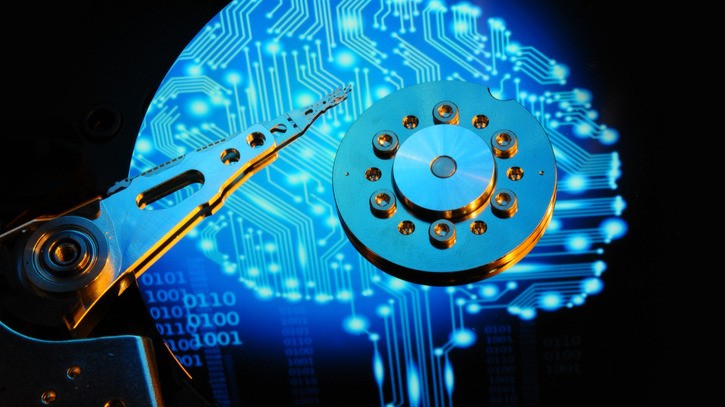Self-Monitoring, Analysis, and Reporting Technology (SMART) has been the industry standard for assessing hard drive health for decades. It monitors attributes like reallocated sectors, temperature, and spin-up time – offering a glimpse into drive reliability.
Limitations of SMART
SMART can be hard to interpret by itself. Some raw SMART attributes that reflect errors may take on positive values very early on. But taking these positive values as signs that the drive will fail may result in a high number of false positives. Other SMART attribute values are hard to interpret because we may not intuitively know the threshold we should use to determine when things are going bad. For example, how high does temperature go before the drive is actually in danger? SMART attributes are health metrics. But sometimes, their meaning can be opaque to human readers without specialized knowledge such as how small variations or patterns among a set of attributes may contribute to the overall health of the drive.
Enter AI: Learning from Patterns in SMART that Humans Can’t See
AI-based drive failure prediction doesn’t just monitor parameters – it analyzes patterns across a wide range of telemetry data over time. By learning from millions of drive-hours across various workloads, AI models can:
- Predict failures days or even weeks in advance, giving IT teams time to replace or back up drives.
- Detect anomalies beyond SMART, identifying early signals from drive behavior, thermal trends, power fluctuations, and more.
- Reduce false positives, avoiding unnecessary replacements and saving costs.
- Continuously learn and improve, adapting to new drive models and usage environments.
AI brings contextual intelligence to storage health monitoring that a human reading of SMART simply lacks. This takes away guesswork.
A Real-World Edge: NAS and Enterprise Drives
For data-rich environments – like NAS setups – every second of downtime counts. Predictive AI models, trained on workload-specific telemetry, provide:
- Proactive drive replacement suggestions
- Optimized RAID rebuild planning
SMART is like checking your temperature. Doing so might vaguely tell you that might be sick, but it doesn’t necessarily tell you the severity of your illness. AI-driven diagnostics, when integrated early, empower users to get a clearer picture of when failure will actually strike. It’s time to evolve from human guesswork to data-driven failure forecasting. ULINK DA SmartQuest is the solution that brings this AI-driven insight to life.
Get started with a free trial today and experience enterprise-grade drive monitoring for just $5 a year.


Recent Comments